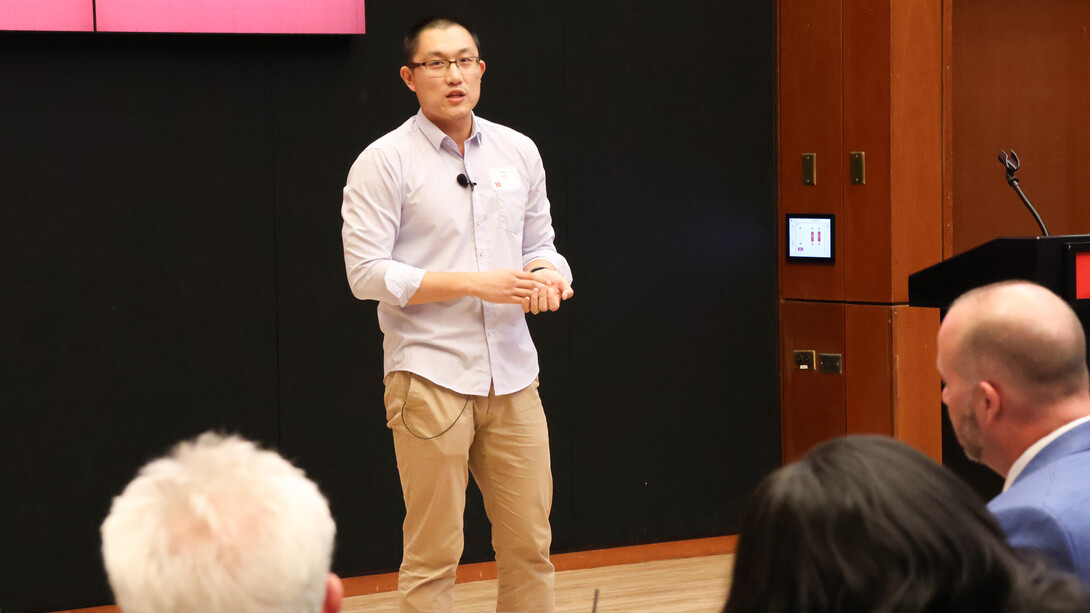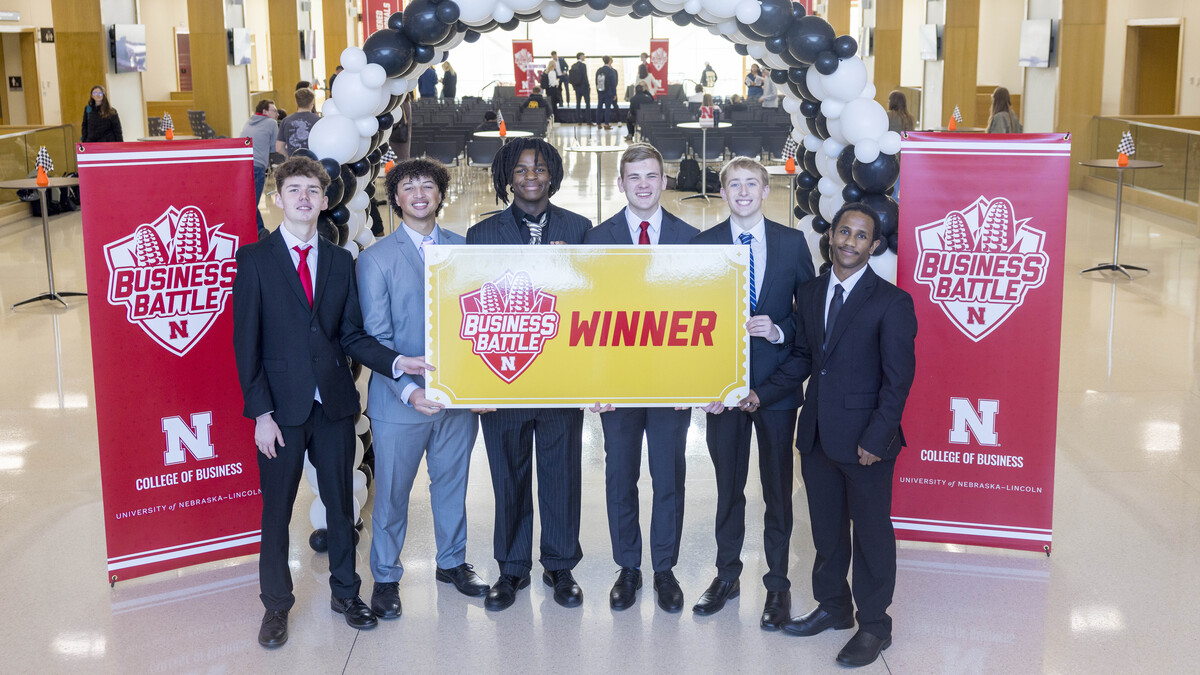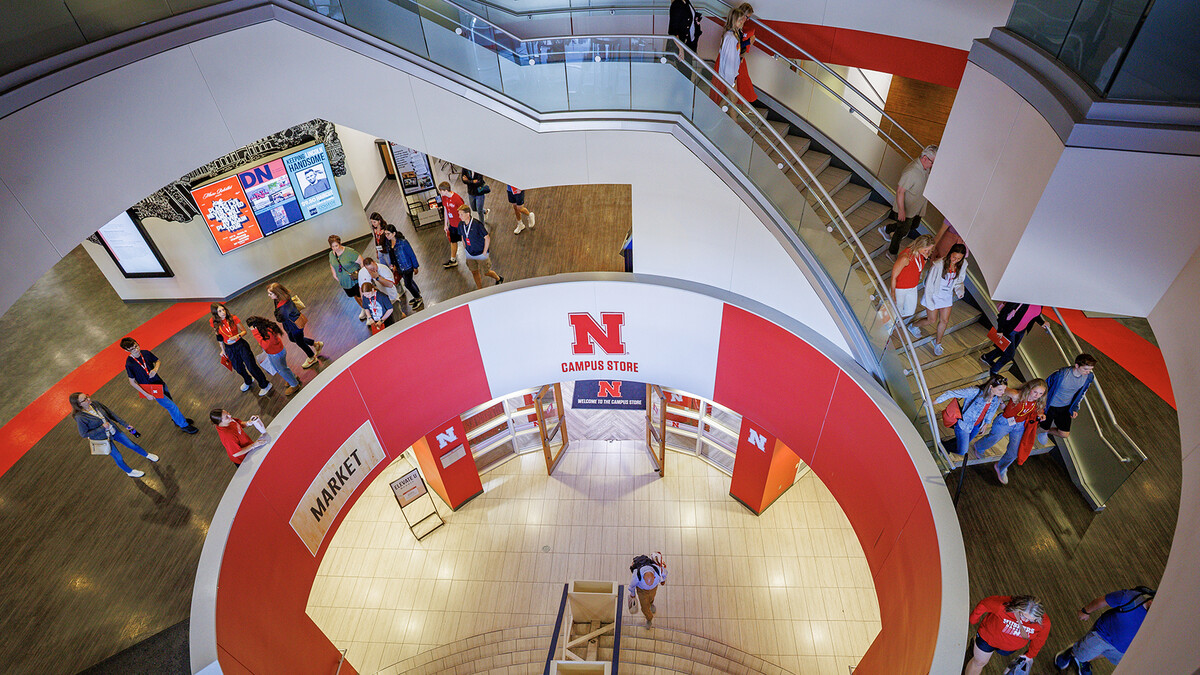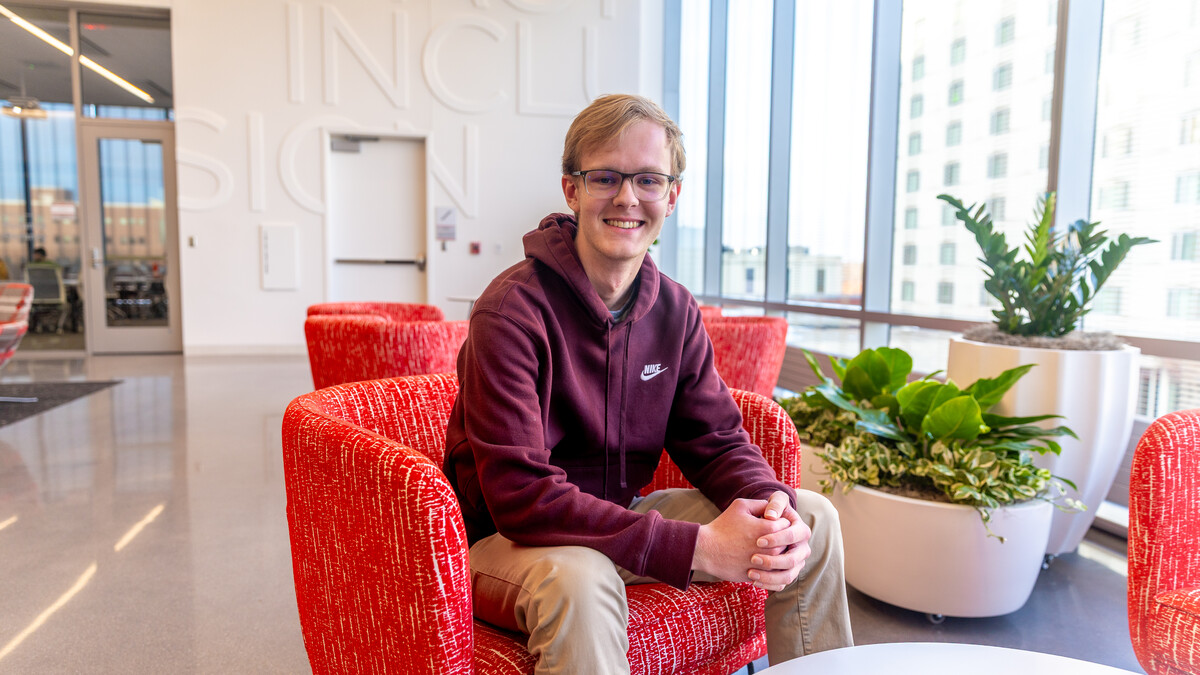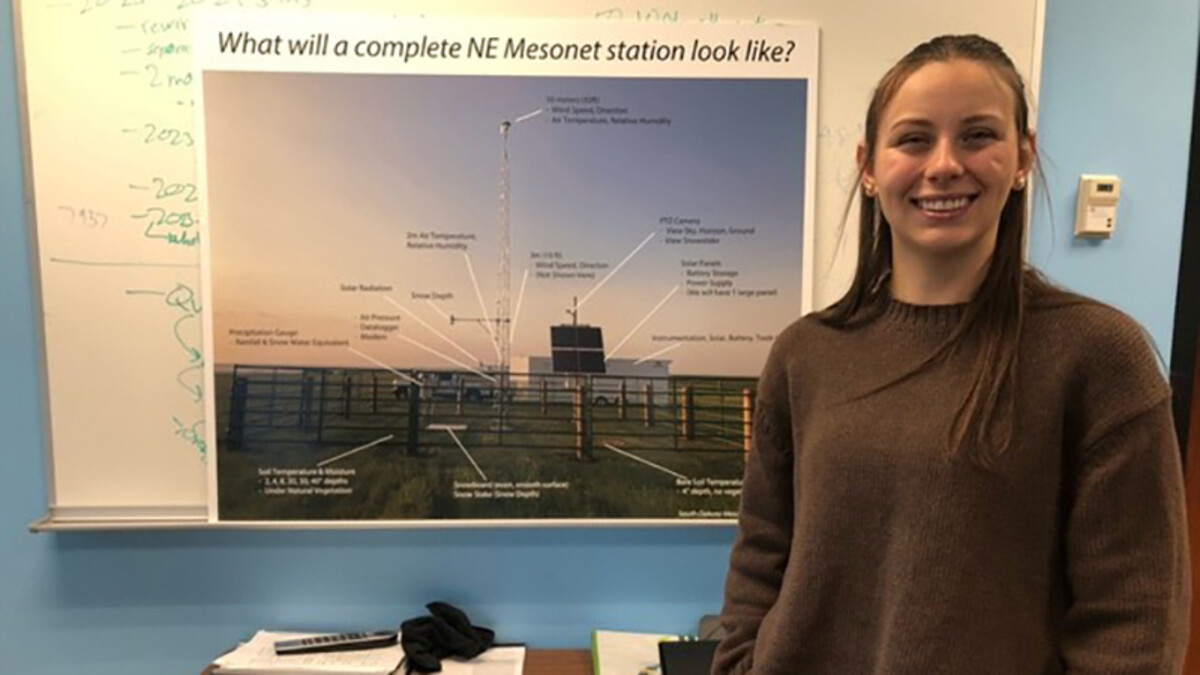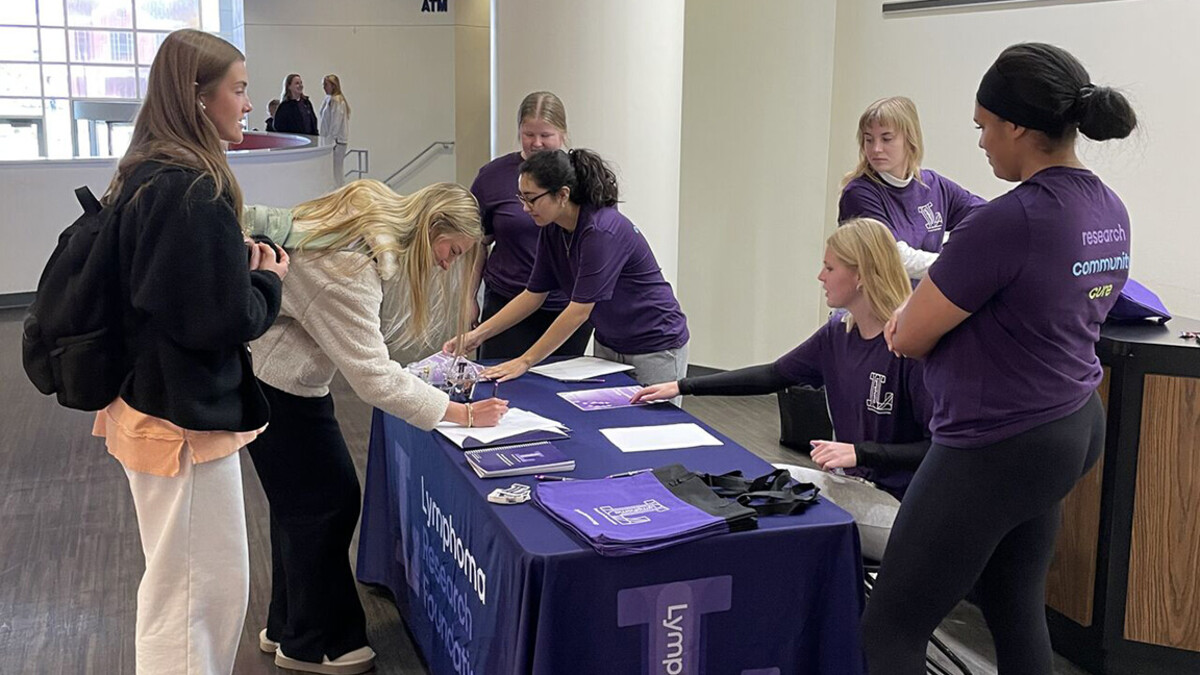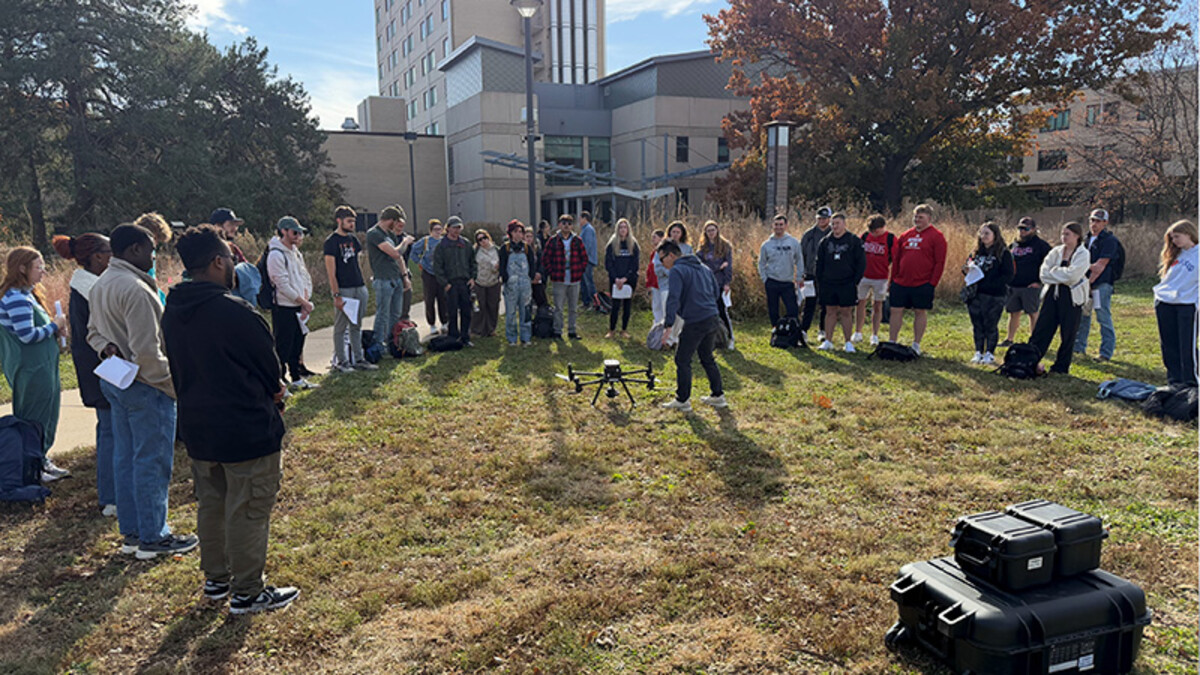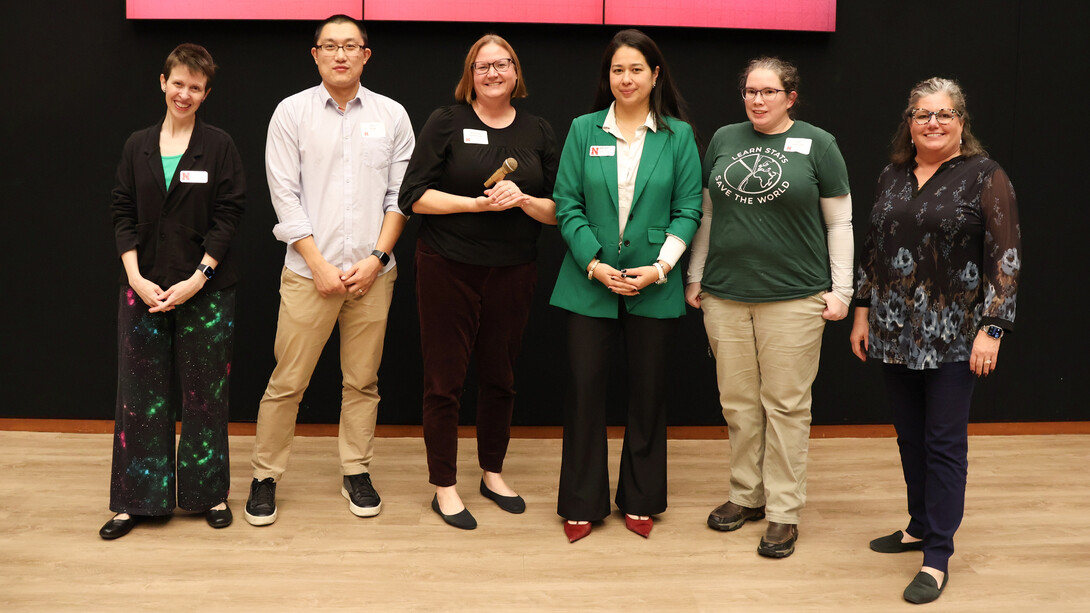
You might say the Department of Civil and Environmental Engineering is the Los Angeles Dodgers of the Faculty Research and Creative Activity Slam, capturing its second straight title Nov. 19.
For good measure, not only did Jamilla Teixeira, assistant professor in the department, win the judges’ nod, and with it a cash award, but her colleague and department chair Shannon Bartelt-Hunt won the “Slammy” awarded by an audience vote. Last year, the department’s Nirupam Aich won the judges’ award.
“A new dynasty emerging,” proclaimed Jocelyn Bosley, research impact coordinator and emcee of the event. Faculty from the College of Journalism and Mass Communications won the previous three slams.
The Slam is held annually in conjunction with the university’s Nebraska Research Days. For the Slam, researchers present their work in five-minute, engaging talks, this year around the theme: “Who needs your research or creative activity, and how will it impact them?”
Four faculty members competed.
Jamilla Teixeira: “From Waste to Roadways: The Plastic Revolution Beneath Our Wheels”
Teixeira leads a project transforming plastic bags into a cutting-edge asphalt blend, on display in a stretch of road in South Sioux City, Nebraska.
The Nebraska project is one of seven such roads in the country.
“We used 2 million shredded plastic bags that we baked into a one-mile stretch of roadway. That is 30 tons of waste plastic diverted from the landfill,” she said.
Also, hard plastics can be used to make construction “sand” and lighter blocks that would be more flexible and resistant to cracks from harsh winters.
While early indications are promising, there is a lot to work through before this becomes a viable solution to both excessive plastic waste and a decline in the availability of traditional road components, Teixeira said.
“As you can imagine, 30 tons of shredded plastics was really hard to move,” she said. “So now we’re looking at condensing those into dense pellets, making it easier to transport.”
People can help by separating their trash to improve recycling efficiency, she said.

Shannon Bartelt-Hunt: “Clean Water: Honestly, It is for Everyone”
Teixeira’s engineering colleague also is thinking about how to better dispose of waste.
“In some important ways, our rural landscape — as beautiful as it is — functions like a factory,” Bartelt-Hunt said. “A highly efficient, high-intensity factory designed to produce food at the lowest possible cost for consumers. Our desire for inexpensive food means maximizing production on every acre, every year. And to make that system work, we rely on a lot of chemicals: antibiotics, pesticides, fertilizers. The big question that drives my research is simple — where do those chemicals go when we use them?”
Some of them run off into our rivers, streams and eventually into drinking water.
Nebraska producers also use wastewater treatment wastes— what we delicately call biosolids as well as animal manures though Bartelt-Hunt used the more familiar barnyard epithet, too — as fertilizer.
“Nebraska is full of it,” she said. “We produce 10 times more waste than New York City, all thanks to our animal population. In other words, we are quite literally No. 1 at No. 2.”
Both natural and chemical wastes are problematic in the environment, and Bartelt-Hunt works to get solid, evidence-based information into the hands of policymakers, regulators and community leaders. But consumers have a role, too.
“We can be more aware. More intentional. More curious about the systems we depend on and the products we choose,” she said. “And, most importantly, we can be more aware of what we put into our bodies. Because what goes in … will come out. Eventually. And some of it may take the scenic route.”

Susan VanderPlas: “Data Visualizations: Intuitive Statistics Without Fear”
VanderPlas, associate professor of statistics, is a lover of data.
“I study how to create charts that help us understand and become immersed in data, so that we can better tell its story,” she said.
VanderPlas especially thrives on using charts and graphs, “a universal translator” of data, understandable even to those who don’t understand statistics or like math.
VanderPlas put her training to work during the COVID pandemic, studying how people used charts for prediction, comparisons and decision-making. From that experience, she better understood the power of charts.
“The goal has to be to encourage people to see new things, and then, to help them translate findings to action,” she said.
“Ultimately, my goal is to help people to be curious about data, to interact with it, and then to take action. Building trust in science requires that we allow people to see the data and empower them to discover accurate insights. Using charts, we can help to counter dangerous theories that stem from mistrust in science.”

Ran Wang: “Breathing Earth: Monitoring Ecosystem Physiology from ABOVE”
Wang, assistant professor in the School of Natural Resources, is “really worried about the vital signs of Earth.”
Those include:
- The Ogallala Aquifer is draining up to 50 times faster than nature can replenish it.
- The population of native grassland birds in North America has dropped by half since 1970.
- Extreme rainfall and flooding have increased 30% over 60 years.
“These aren’t just metrics. These are the vital signs of the ecosystem, right here in the heartland, and they are telling us that it is in critical condition,” Wang said.
Wang’s research “is about creating something like a metaphorical smart watch for the Earth, to monitor the health of entire landscapes. I use data taken from airplanes and satellites to keep an eye on how ecosystems are doing.”
With this information, scientists can detect drought stress days or even weeks before it’s visible, providing early warning to farmers, who can adjust irrigation, apply targeted treatments or make crucial management decisions before a small issue becomes a massive, crop-killing event.
“We are developing tools that can better predict the final crop yield months in advance, which is critical for commodity markets and planning for global food supply,” he said. “This is a game changer. Day and night, we’re measuring light from above to listen to the silent, secret life of plants, whose insight is key to securing our food, our water and our climate future.”
The Slam is sponsored by the university’s Office of Research and Innovation.
